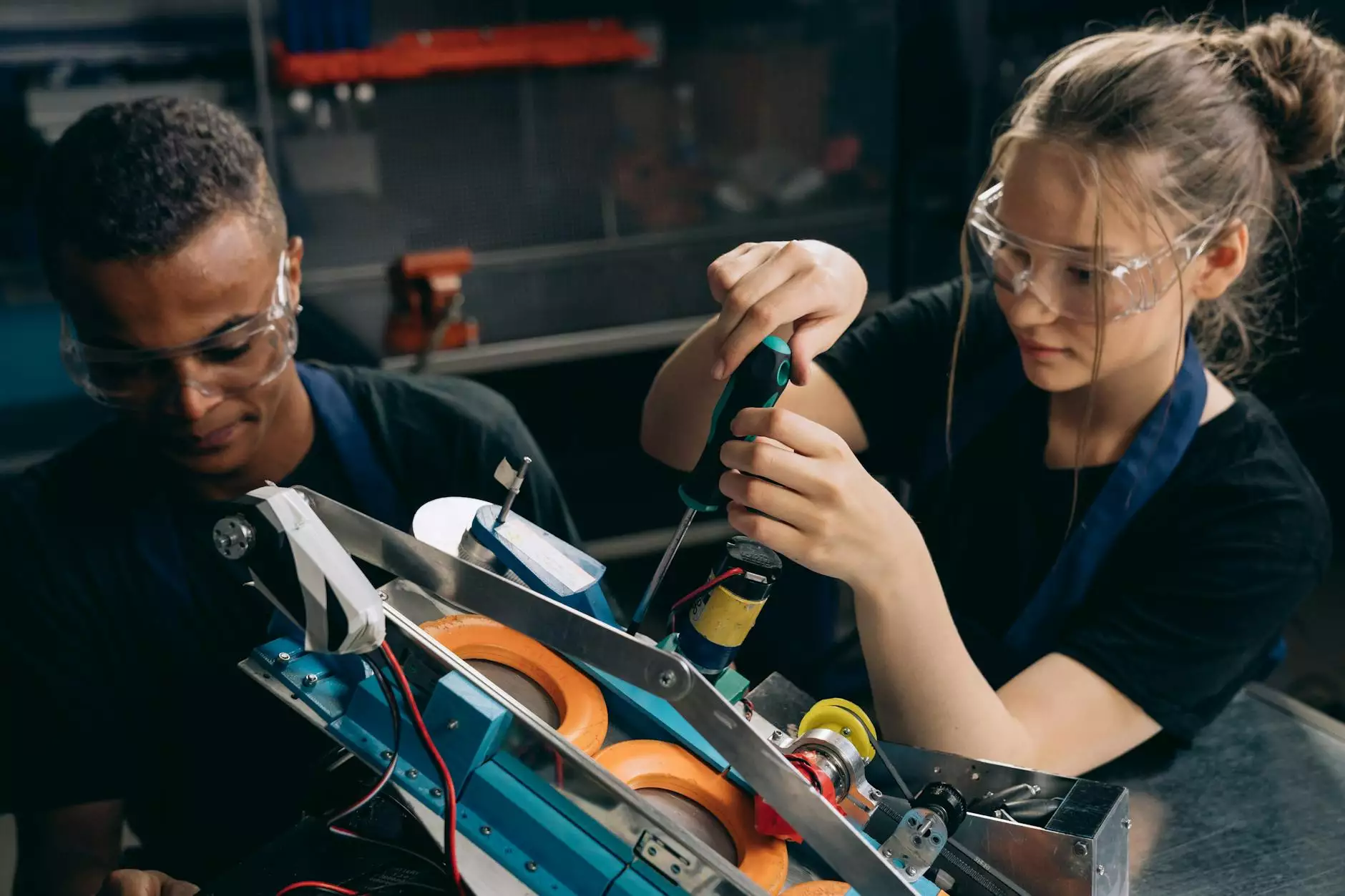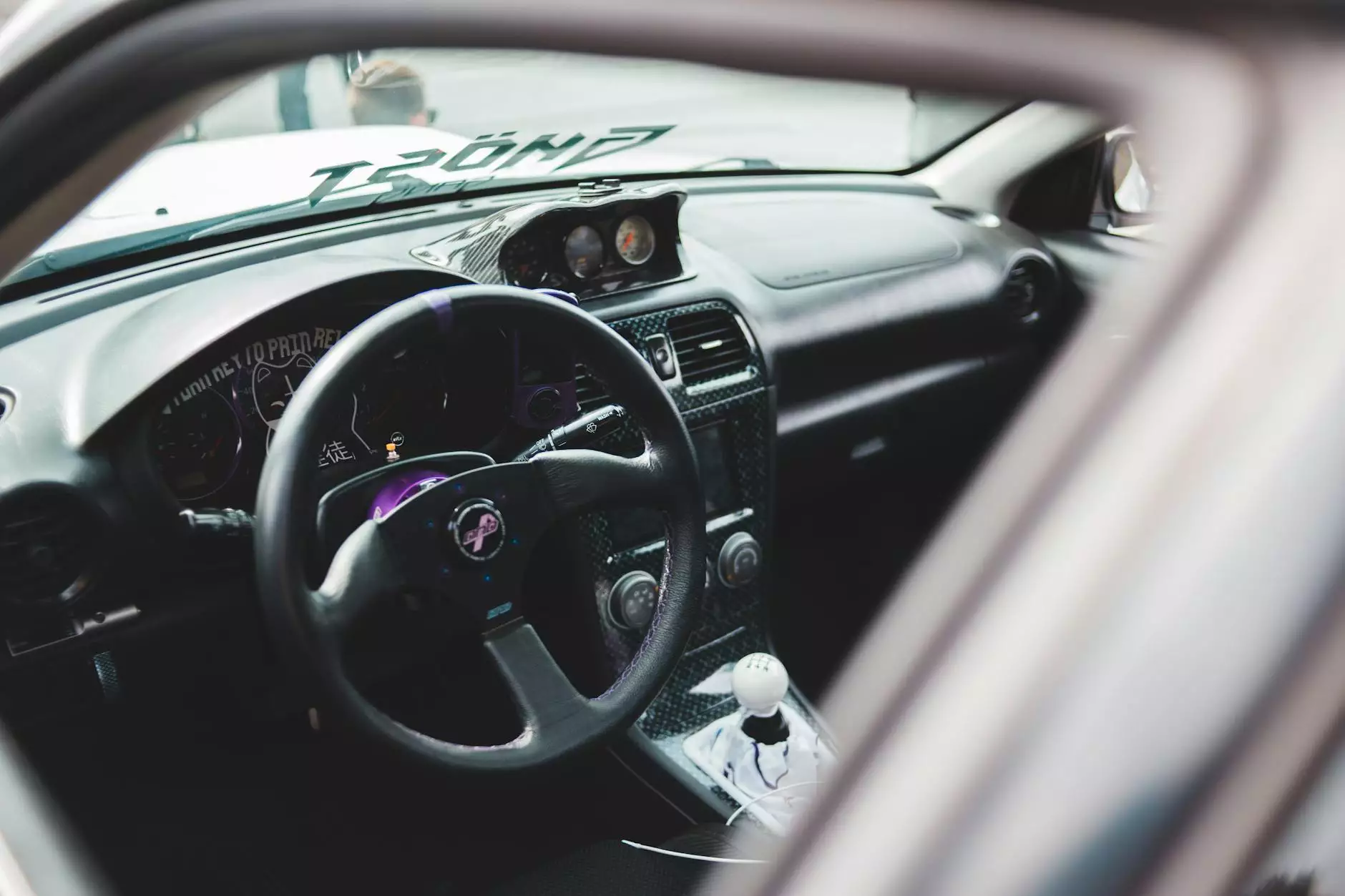Hey Google, What's Wrong with Artificial?
Blog
The Realities of Artificial Intelligence in the Automotive Industry
As the automotive industry continues to evolve, a new frontier has emerged - artificial intelligence (AI). SPARQ takes a deep dive into the challenges and limitations of integrating AI into vehicles. From driverless cars to advanced vehicle diagnostics, AI has the potential to transform the automotive landscape. However, it's important to acknowledge the risks and constraints associated with this cutting-edge technology.
AI-Powered Vehicles: A Revolution on Wheels
The concept of driverless cars has captured the imagination of both tech enthusiasts and traditional automotive manufacturers. With AI-driven technologies, vehicles can analyze vast amounts of data, make split-second decisions, and navigate complex traffic scenarios. This promises increased safety, improved efficiency, and a radical transformation of transportation as we know it.
The Challenges of AI in Automotive Safety
While the potential benefits of AI in the automotive industry are undeniable, it's crucial to address the safety concerns posed by relying solely on automated systems. Human intuition and situational awareness are difficult to replicate, and the unpredictable nature of real-world driving scenarios can pose significant challenges for AI-powered vehicles. Ensuring the safety of passengers and pedestrians remains a critical priority.
The Ethical Dilemma Surrounding AI in Autonomous Vehicles
Another ethical challenge that arises with AI in autonomous vehicles is the question of decision-making in life-threatening situations. In the event of an imminent collision, how should the AI prioritize the safety of passengers versus pedestrians or other motorists? Addressing this dilemma requires careful consideration and a balance between maximizing overall safety and minimizing harm in any given scenario.
The Impact of AI on Vehicle Diagnostics and Maintenance
AI technology is not limited to the realm of autonomous driving. Its potential extends to vehicle diagnostics and maintenance, offering car owners and mechanics unprecedented insights into the health and performance of a vehicle. Through advanced algorithms and machine learning, AI can detect and analyze complex issues, helping to prevent breakdowns and ensure optimal functionality.
The Limitations of AI in Vehicle Diagnostics
Despite its promising capabilities, AI-driven diagnostics also face certain limitations. Complex mechanical problems may require human expertise and physical inspection, as some issues cannot be accurately diagnosed by relying solely on data analysis. Furthermore, access to comprehensive data from every vehicle model poses a challenge, as different manufacturers may store and transmit vehicular data differently.
The Risks and Concerns to Address
When embracing AI in the automotive industry, it's essential to address potential risks and concerns:
- Data Privacy: The collection and analysis of vast amounts of data raises concerns about privacy and security.
- Reliance on Connectivity: AI-powered vehicles heavily depend on stable internet connectivity, which may pose challenges in remote areas or during system failures.
- Job Displacement: The widespread adoption of AI in vehicles could potentially impact employment within the transportation sector.
In Conclusion
Artificial intelligence presents remarkable opportunities as well as challenges in the automotive industry. As developers and users, it is our responsibility to ensure safety, ethical decision-making, and data privacy. AI should be seen as a tool to enhance our driving experience, not replace human intuition entirely. Understanding the limitations and addressing the risks will be crucial in realizing the true potential of AI in vehicles.
For cutting-edge insights and updates on the impact of AI and other technologies in the automotive industry, stay tuned to SPARQ.










